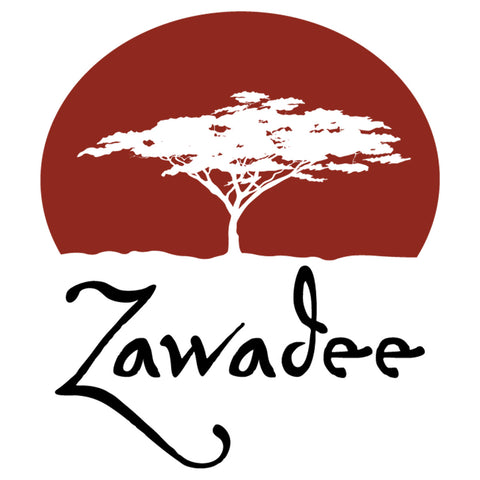How Natural Fibres Benefit You and Your Planet
Natural fibres are a great advantage when selecting fashion accessories. Add to that the beauty of hand weaving or knitting and you get gorgeous, long-lasting fashion pieces that are uniquely different.
When production of fashion accessories also achieves minimal impact on the environment, productive employment and skills training, it is a Win/Win for everyone involved!
Tsandza Handweaving produces some of the most beautiful, gorgeously hued, bespoke quality fashion accessories we've ever seen.
Natural fibres are more comfortable, are less allergic to skin and production processes are less harmful to our environment. All wins as far as we are concerned.
We avoid synthetic fibres as they do not absorb perspiration and, for the most part, have a rough texture and feel we just don't like.
First established in 1979, Tsandza Weaving, formerly known as Rosecraft Weaving, is a social enterprise that produces high quality products, handwoven in pure natural fibres by talented artisans in rural Swaziland.
Consumers seeking ethically produced items that make an impact to a bigger purpose when making their purchase will find "forever presents" that not only represent beauty and skill, but also contribute to a more sustainable future for us all

MADE BY HAND
Every step of Tsandza’s production process is done by hand. From the dying, spinning & weaving to the knotting & tasseling. Even our sewing machines for labelling are manual! This means every item we make is unique and exclusive to you. Our impact on our environment is greatly reduced, and it also means we need many hands, ensuring we continue to be a vital source of training and income generation for many rural women.
It is quite a complex process requiring patience, skill and a lot of work!

VIEW THE LOOKBOOK
Now, let's learn some more about Tsandza Handweaving (and Swaziland).
Currently working with around 60 Artisans, Tsandza’s mission is to provide the opportunity for a constantly expanding population of rural women to develop and learn new skills that allow them to generate income to care for their families, and our consumers, another option and a means to buy more ethically.
View the Tsandza Handweaving video to learn more about how they produce remarkable fashion accessories while respecting the environment.
To order Tsandza Handweaving products, please view the collection online or contact us at Zawadee for more information.
If you are a retailer, it couldn't be easier to get access to our online Wholesale Catalog (and pricing). and we'll send you access credentials. We're not pushy, so take your time to peruse our products at your leisure. We will reach out at some point in case you need anything but don't worry, we aren't pests! It's just not the way we do business.
Find a product isn’t selling in your retail environment? You can swap it for product of equal value at any time within six months of order date. Hassle-free help to find the right products for your retail environment.
That's how we make our wholesale business stand out from the crowd!




















